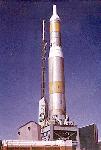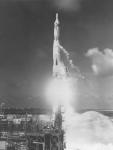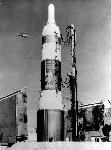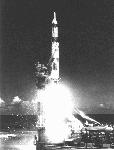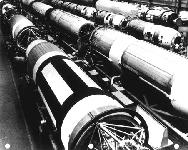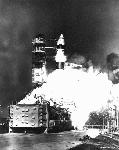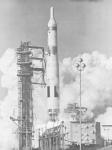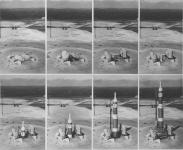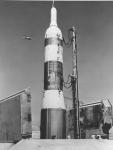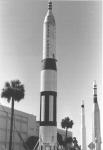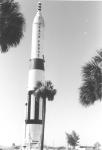





The Titan I, produced by the Glenn L. Martin Company, was a two-stage, liquid-fueled, rocket-powered (first stage - 300,000 pounds of thrust; second stage - 80,000 pounds of thrust) ICBM which incorporated both radio and all-inertial guidance. Deployed in a "hard" silo-lift launcher, the Titan I had an effective range of 5,500 nautical miles.
The second-generation Titan II could be launched from hardened and widely dispersed underground silos, and was thus better able to survive a nuclear first strike than their first-generation counterparts.
Consequently, on 24 May 1963, General Curtis E. LeMay, Air Force Chief of Staff, approved the recommendations of the Air Force Ad Hoc Group for phaseout of the Titan I by the close of FY 1968. On 16 May 1964, Secretary of Defense Robert S. McNamara accelerated the phase-out of the Titan I from the end of FY 1968 to the close of FY 1965.
Project "Added Effort" was the Air Force nickname for the programmed phaseout of all first-generation ICBMs. The operational phaseout of the Titan I weapon system was completed on 1 April 1965 when the last Titan I was removed from alert at the 569th Strategic Missile Squadron, Mountain Home AFB, Idaho. The retired Titans were moved to Miro Loma AFB, California, for storage.
Specifications |
|
